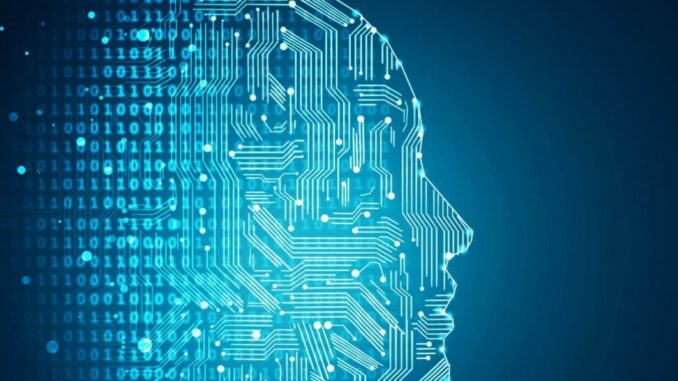
Artificial intelligence (AI) is a multidisciplinary field that focuses on creating systems capable of performing tasks that typically require human intelligence.
These tasks include learning, reasoning, problem-solving, perception, language understanding, and interaction.








Key Areas of AI:
1. Machine Learning (ML)
Machine Learning is a subset of AI that involves training algorithms to learn patterns from data. There are several types of machine learning:
Supervised Learning: The algorithm learns from labeled data, making predictions based on input-output pairs.
Unsupervised Learning: The algorithm identifies patterns in unlabeled data, such as clustering or dimensionality reduction.
Reinforcement Learning: The algorithm learns by interacting with an environment, receiving rewards or penalties based on actions.
2. Deep Learning
Deep Learning is a subset of machine learning involving neural networks with many layers (deep neural networks). It is particularly effective for tasks such as image and speech recognition.
3. Natural Language Processing (NLP)
NLP involves the interaction between computers and humans using natural language. It includes tasks such as language translation, sentiment analysis, and speech recognition.
4. Computer Vision
Computer Vision enables machines to interpret and make decisions based on visual data from the world, such as images and videos.
5. Robotics
Robotics involves the design and creation of robots. AI plays a crucial role in enabling robots to perform complex tasks autonomously.
6. Expert Systems
Expert systems are AI programs that simulate the judgment and behavior of a human or an organization with expert knowledge in a particular field.
Theoretical Foundations of AI:
1. Algorithms and Data Structures
Efficient algorithms and data structures are essential for processing large amounts of data and performing complex computations.
2. Mathematical Foundations
AI relies heavily on mathematics, including probability theory, statistics, linear algebra, and calculus.
3. Philosophical Considerations
The philosophy of AI explores the nature of intelligence, the possibility of artificial consciousness, and ethical implications.
Development of AI:
1. Historical Perspective
Early AI (1950s-1970s): Early research focused on symbolic AI and logic-based approaches.
AI Winter (1970s-1980s): A period of reduced funding and interest due to unmet expectations.
Modern AI (1990s-present): Advances in computational power, algorithms, and data availability have led to significant progress.
2. Current Trends
Explainable AI (XAI): Developing AI systems whose decisions can be understood by humans.
Ethical AI: Ensuring AI systems are fair, transparent, and respect privacy.
AI in Healthcare: Using AI for diagnostics, treatment recommendations, and personalized medicine.
Autonomous Vehicles: Developing self-driving cars using AI for perception and decision-making.
3. Future Directions
General AI (AGI): Creating AI systems with general cognitive abilities comparable to humans.
Human-AI Collaboration: Enhancing human capabilities through AI-assisted decision-making and creativity.
AI continues to evolve, with ongoing research aimed at overcoming current limitations and expanding its applications across various domains.

Leave a Reply